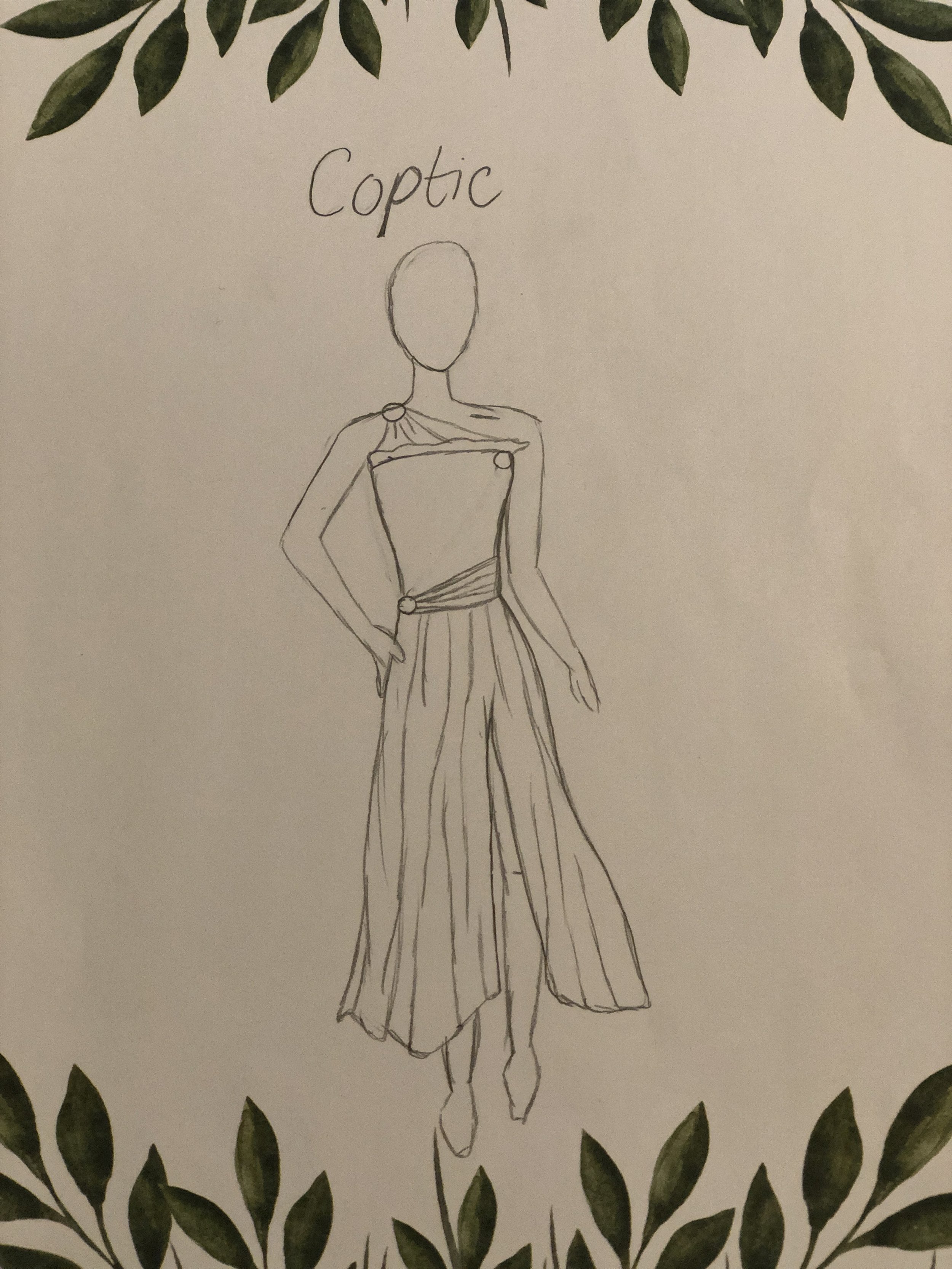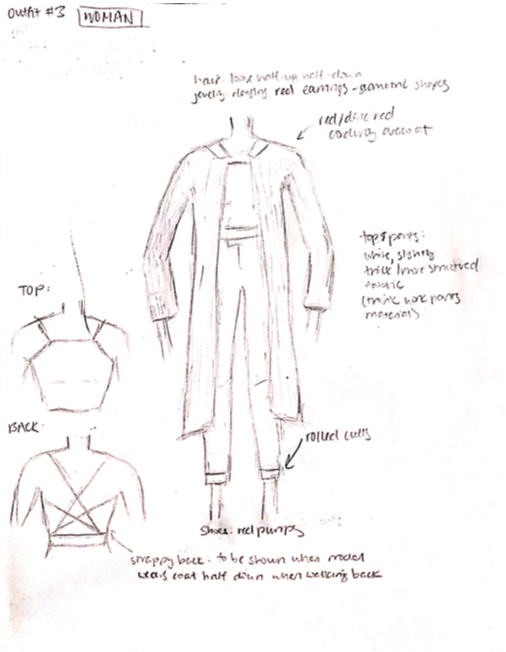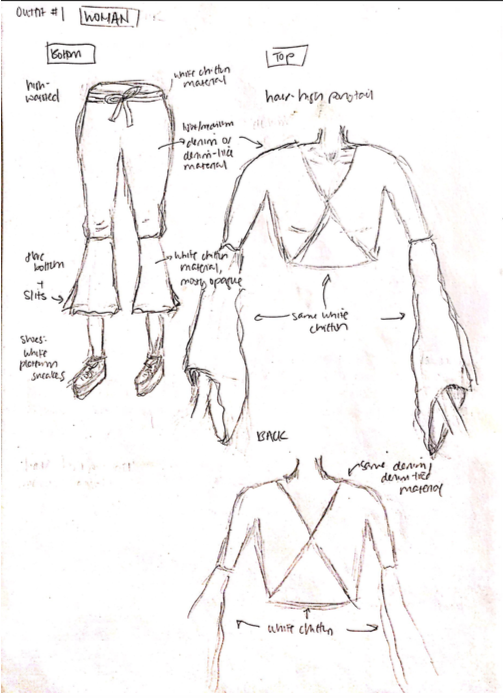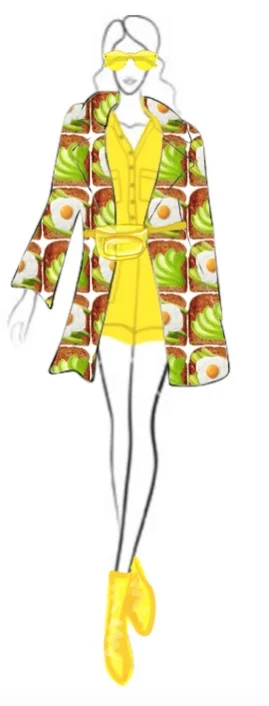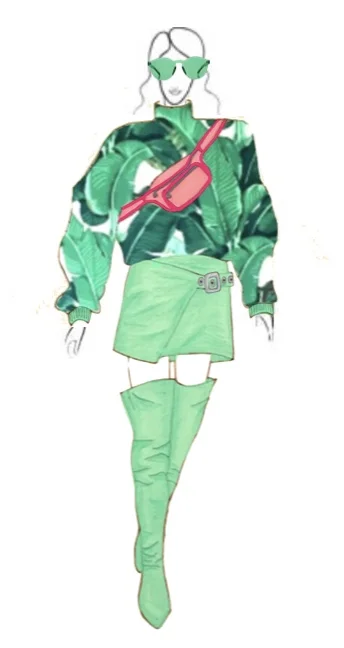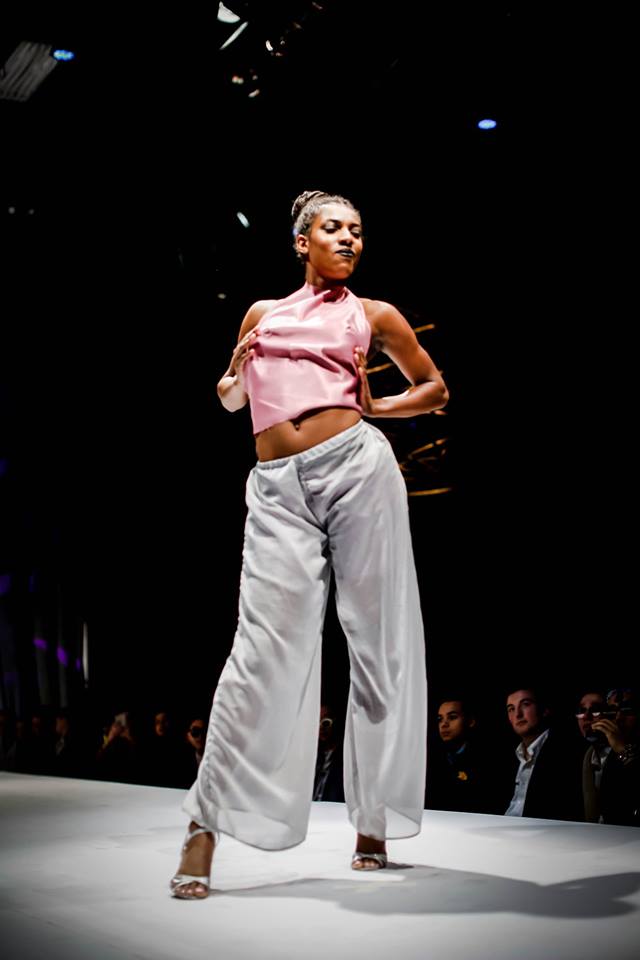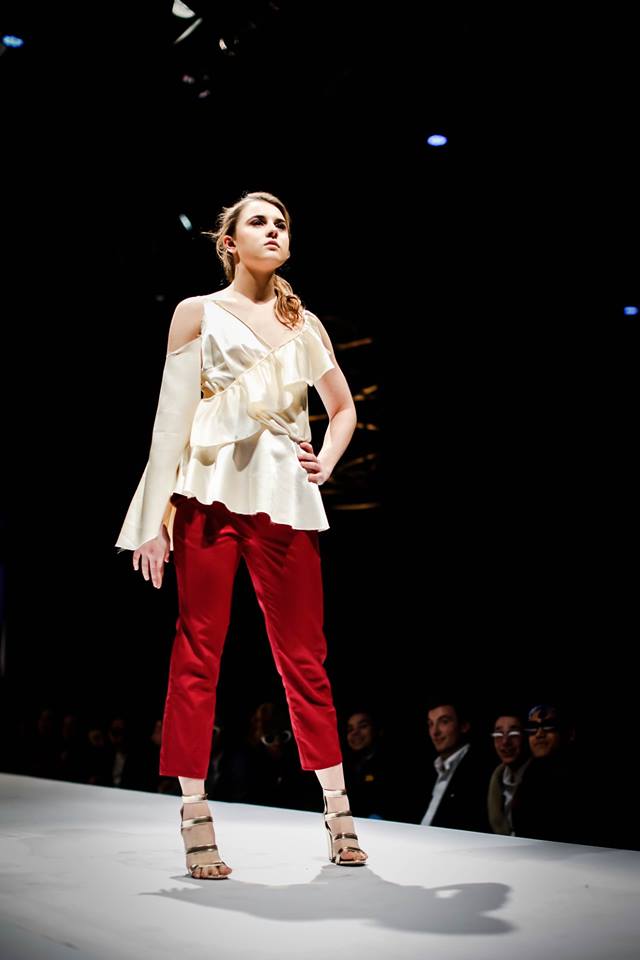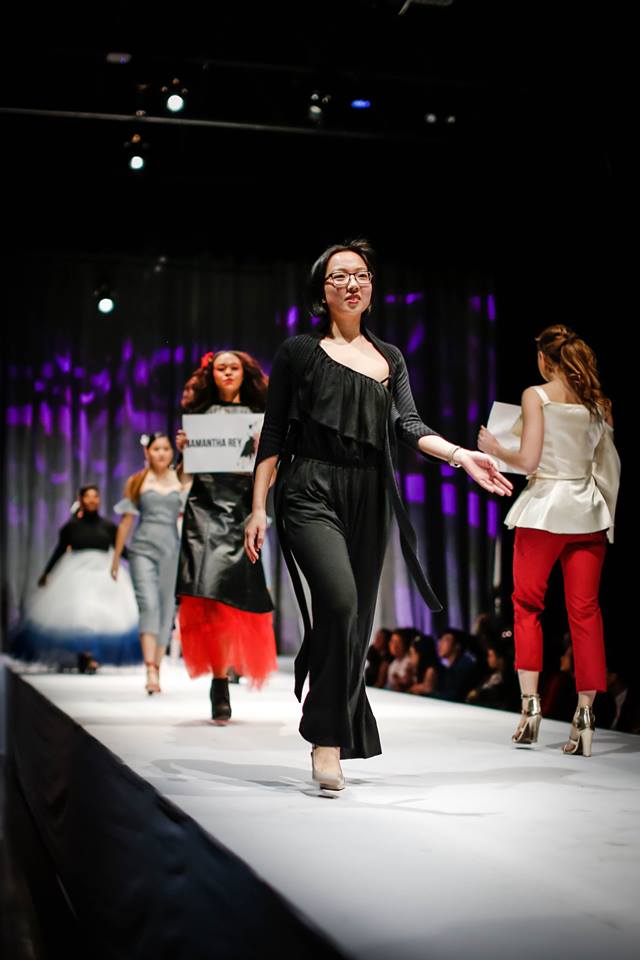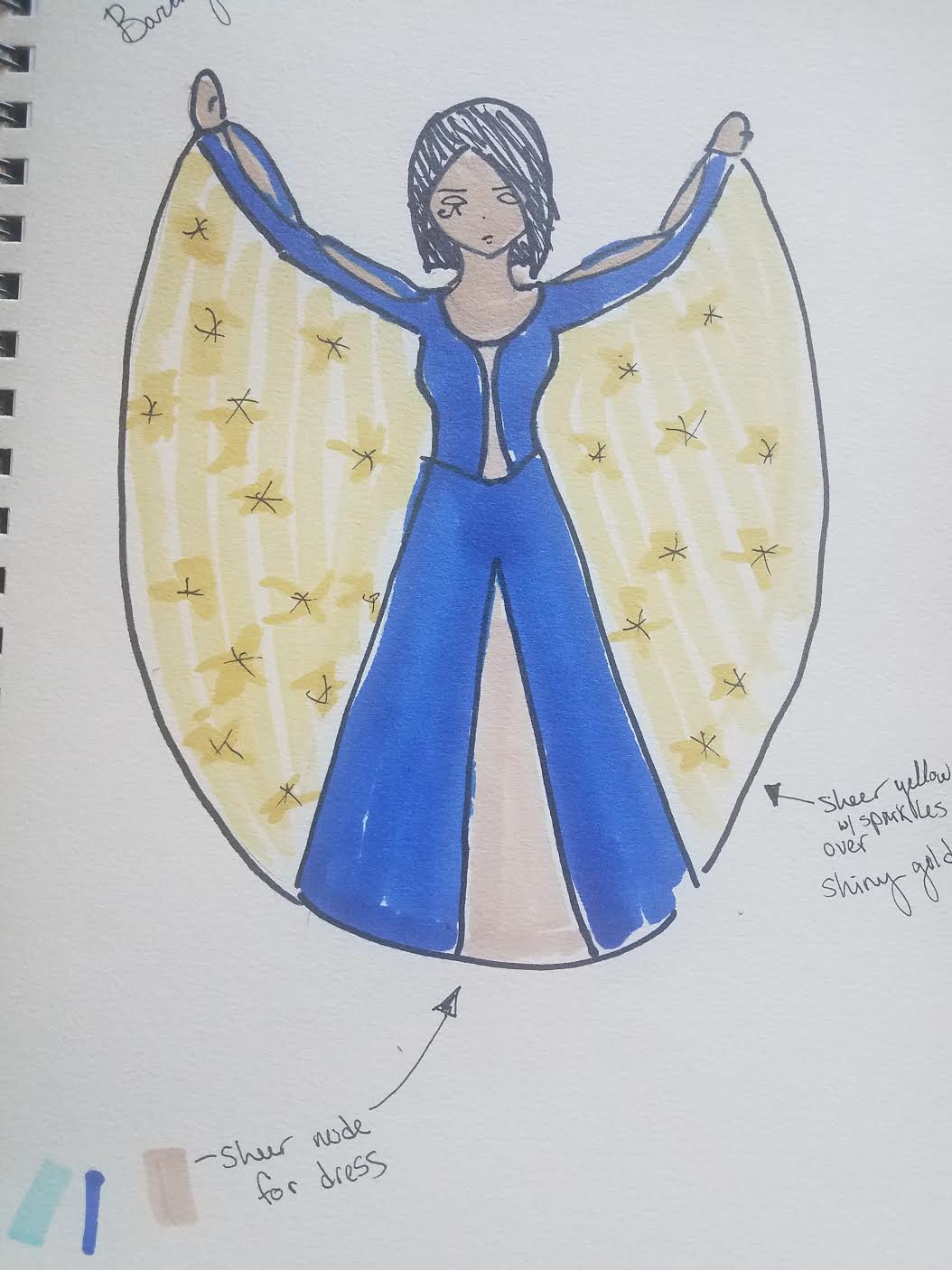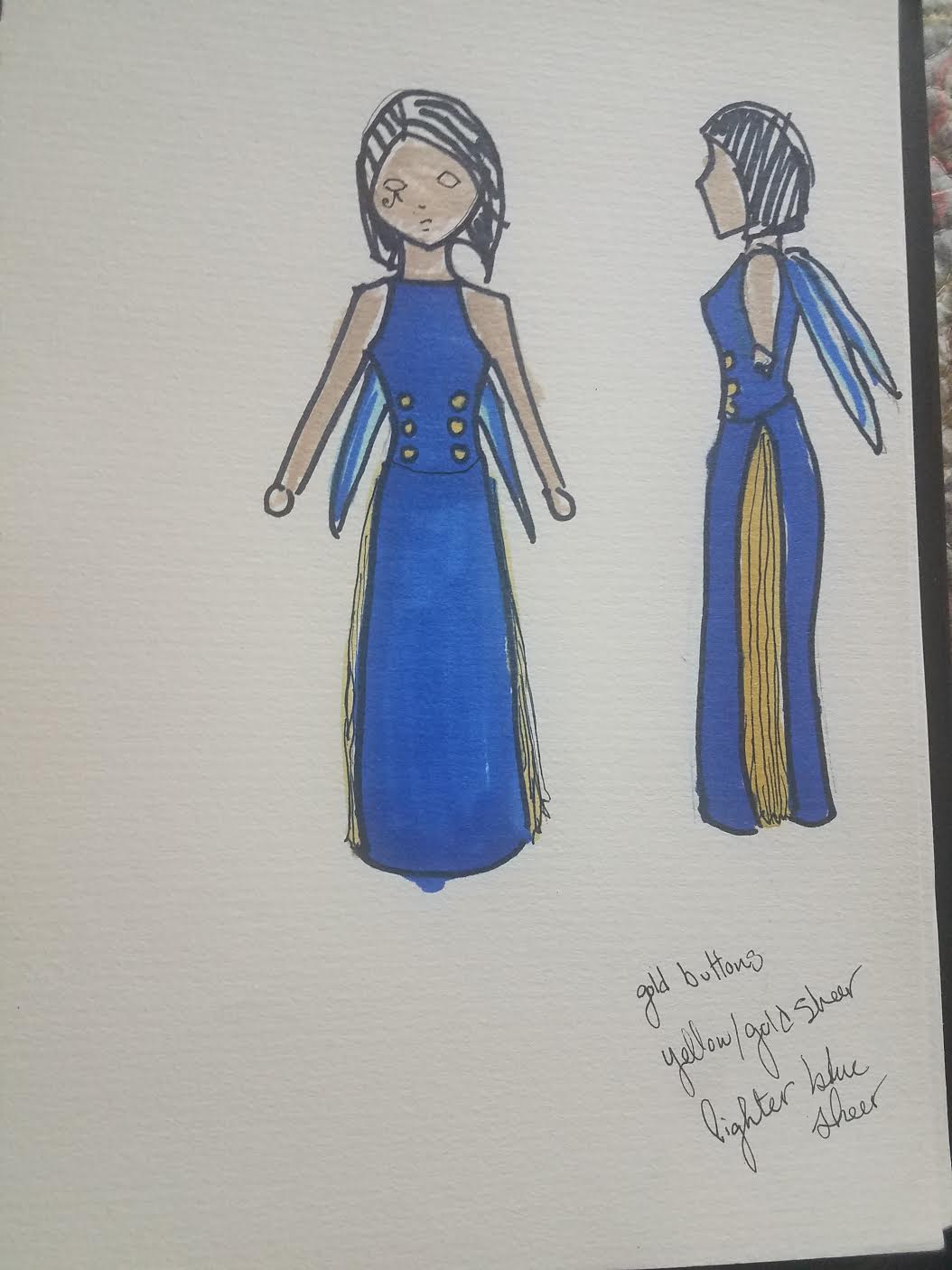As spring approaches, we have a lot to look forward to— sun, short sleeves, and of course, the Spring 2024 Fashion Show! This past weekend, we sat down with the MODA Board Presidents Chelsea Campbell and Joao Galafassi and Design Director William Hu to discuss the show and the process in a little bit more detail. So, sit back, relax, and read more about the process and what to expect at this year’s fashion show!
What will be different about the show this year? What should we expect?
W: We tried to focus on the experience of actually being in the space. One thing to keep an eye out for is the music, for sure— each song is tailored to the design it’s playing over so it matches the aesthetics. It's going to be a lot more performative, with things like interludes, build-ups, introductions, so definitely expect a lot of different kinds of music.
On top of that, we’ve also worked really hard on the audio/visuals. There’s going to be a projector displaying live, real-time audio-reactive generative works of art on TouchDesigner.
That sounds so cool! Are those all going to be student-curated and produced?
W: Yes! All of the music will be curated by Otis and I. We worked really hard on the setlist and mixing, and all of the audio/visuals are by me.
Audio-visual by William Hu
What’s the significance of the theme, MODA Bloom?
C: Oh, good question! I know at first we threw around the word “rebirth”, or the idea of blooming into a new season or chapter to keep consistent with the idea of spring.
J: Yeah. Because last year’s show was in the winter and this year we decided to move it back to the spring, we wanted the theme to reflect the shift to warmer weather and all the changes that come with it. At UChicago it’s not just a seasonal change— you can also definitely feel a collective change in mood and vibe across campus when the weather starts to shift. We definitely wanted to integrate that spirit, the idea of a renewed energy, into the theme.
C: It also relates to having a completely new Board this year as well, so a rebirth in that sense too.
J: Yeah, it’s a completely new Board, and MODA has done a lot of new things this year like the Magazine launch party— we’ve been trying to make ourselves more involved on campus in different ways. We’ve brought in speakers and collaborated with a non-profit called the Chicago Fashion Coalition. We have a lot of new exciting initiatives and I think that we felt MODA Bloom encapsulated that nicely.
via giphy
What has been the most fun or challenging part of the whole process?
J: A fun part is seeing the wedding between the creative elements of the show and the logistical headache that happens. Seeing it all come together, especially on the day of the show, will be really cool. I think this year we have let a lot of our organizers in marketing and design be more creative and less professional almost— we’ve let them spearhead a lot of the process, and I think everything, in general, has been projecting a more unique vibe.
C: I think a very specific fun thing was our collaboration with the student-run cafés on campus. I feel like that really gets people feeling like they’re involved— that they’re not just buying a ticket but that there’s also an immersive element to the show on campus.
I guess one of the main challenges has been trying to bring out the best in the space so that we can maximize the experience for everyone. We have messed with the overall configuration a lot— we want to make sure that everyone has a good view, especially the front row section. We want to make sure that everyone is getting their money’s worth and is able to have the best experience at the show. We’re pretty happy with where we landed.
W: I think a really fun thing so far in the process has been seeing the designs in photos and in person as we start leading up to the show. In the fall I was studying abroad in Paris, so I actually wasn’t able to see the designers during the interview and recruiting process in-person. But obviously, I was able to meet and work with them in the winter and spring, and it’s been really cool to see all of these designs come together because, frankly, the designers this year are extremely talented. They all come from different backgrounds— some have never sewed, some are seasoned veterans— so that’s the really fun part for me.
I could be wrong, but from what I’ve seen so far I can also see there’s a lot of movement in the pieces, so that will be interesting to see translated to the runway in relation to the theme as well.
Audio-visual by William Hu
W: Yes, for sure. I guess a little teaser or sneak peek is that some designers who are majoring in Visual Arts or Media Arts and Design are using this as an extension of their practice. Some of them are doing innovative things like crocheting pieces to go on top of other elements of their looks, some are painting over it, some have a very flowy approach to silhouette, and some have a more structured approach. There’s a little bit of everything.
J: To piggyback off of that, something that I think is really cool about MODA and the fashion show is that designers are not constrained by a season, or designing for a specific purpose. You have an almost unbridled freedom to design something that you really want to, so people end up producing a very wide range of looks. From a viewer’s standpoint, you’re able to see a lot instead of a flat, one-dimensional collection.
Are there surprises that guests can look forward to? Is there anything you can reveal?
C: Each year we have UChicago Maya and Ex Crew perform, so we are really looking forward to that performance. Every year is new, so it’s really fun to see what they come up with.
J: Yes! There are also going to be some student-made projects displayed at the show, as well as some sponsor-related materials.
Can you elaborate on some of the student-made projects?
J: Can I say it? One of them is a project by a student named Otis Gordon who created Checkpoint. We will have a Checkpoint station at the show. It’s basically… well, I don’t want to misspeak so I guess you’ll have to find out. But the concept involves taking pictures of guests and gives you a memento or souvenir from the show.
sneak peek of venue!
What are you guys most looking forward to at the show?
W: I’ve been in MODA since freshman year— I’m a third year now. So, I think out of all of the years I have been involved, this venue is the best one by far. There’s a lot of art, the acoustics are going to be great— I’m a little biased but I think the music is going to be really good. I’m looking forward to it.
C: Yes, shoutout to Will! The music is going to be great. I feel like it really brings together the connection between the designs that people came up with and the music to create a cohesive experience. There’s a lot of thought that went into it, so it’s not just random. Also, the venue itself, the art gallery, is also a flower. Are we allowed to say? Yeah, it’s a flower exhibit so it really ties together with our theme as well.
Visuals by William Hu, Music “IUDICIUM” by Passing Currents
J: I’m just excited for the show to actually start and happen— it’s not going to be the same as rehearsals, so I’m looking forward to seeing how it all comes together. It’s always different with all the guests there, it totally changes the atmosphere. I also am excited because I think that everything this year has been really thoughtful and we have put a lot of consideration into all of the minute details and have worked more closely with design to create the show.
W: And to kind of follow up on that, Parth, the Junior Design Director, and I have worked really hard to work more one-on-one with the designers more hands-on. For example, in the past couple of weekends, we’ve had the designers at our place from 7:30 am to 1 pm to just help them out as much as we could, design-wise. I think this year the looks themselves will be a lot more polished— there’s going to be super sharp tailoring, a lot of very interesting visual elements, and I think overall each collection is super cohesive.
Any other comments for our readers?
J: Buy tickets!
C: Yes, buy tickets fast!
W: It’s going to be the best thing all year.
Will do! Thanks for sitting down with us!
Come see all of this come to fruition at MODA Bloom, happening on Friday, May 3rd! Doors open for all guests at 6 pm and close at 6:45 (no exceptions)!
Buy your tickets here— hurry, they’re selling out fast! We look forward to seeing you there!















